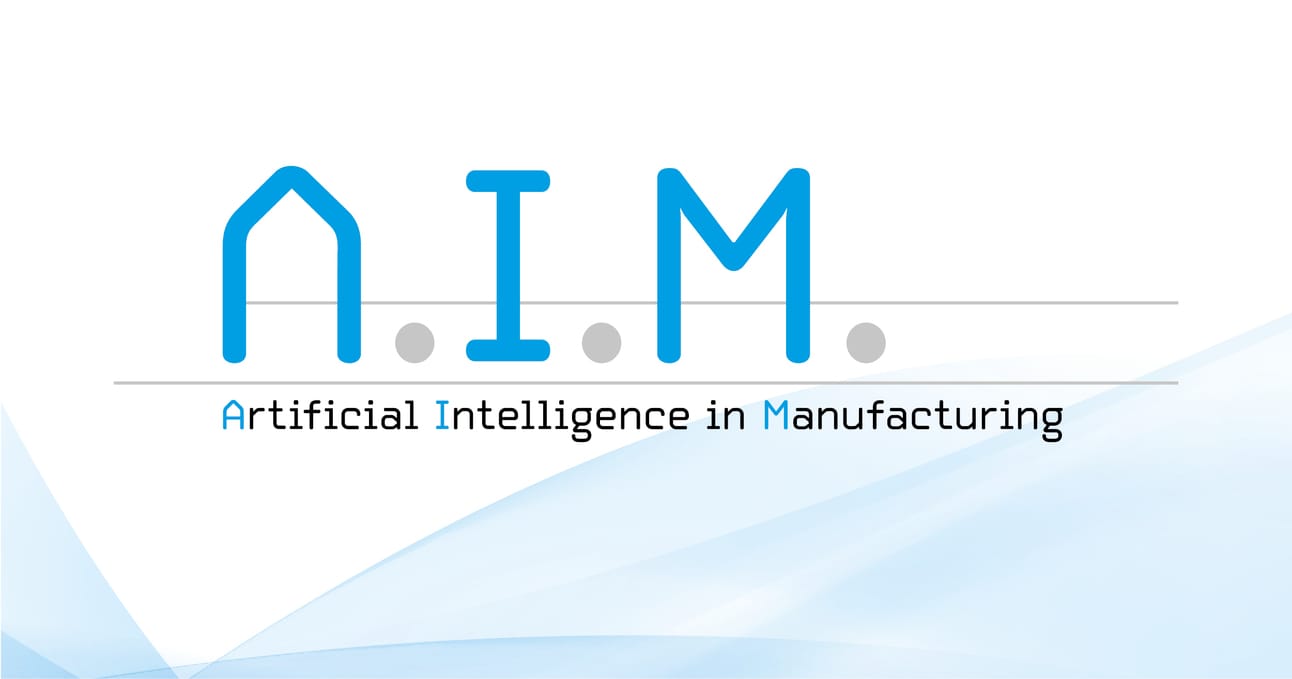- AI in Manufacturing
- Posts
- How Open Automation is Revolutionizing Manufacturing for a Smarter Future
How Open Automation is Revolutionizing Manufacturing for a Smarter Future
Plus, Husqvarna brings gen AI to the factory floor, where to start when measuring the ROI of AI, BMW utilizes AI to enhance quality control efficiency in vehicle assembly, navigating the ethical and regulatory AI maze, and more!


We’re back with another edition of Artificial Intelligence in Manufacturing, where we explore how smarter systems are reshaping how things are made.
We kick off with a deep dive into the rise of open automation – a concept that’s quietly transforming traditional factories into interoperable, agile, and software-driven environments. It’s not just about upgrading machines; it’s about changing mindsets across the production line.
Elsewhere, a newly launched smart facility powered by AI and 5G is making waves in Southeast Asia, signaling a step-change in how connectivity is accelerating manufacturing modernization. Could faster data be the key to faster production?
A broader industry survey reveals how manufacturers are aligning their AI strategies with long-term goals – while still navigating the usual suspects: data complexity, talent shortages, and ROI uncertainties. Which of these roadblocks are most likely to slow things down?
Generative AI isn’t just writing emails – it’s now making its way to the factory floor to assist workers and automate repetitive processes. But are these systems helpers, or are they becoming quiet decision-makers?
Speaking of impact, one thoughtful guide explores how to actually measure the return on AI investments. If you’ve ever struggled to prove value to your board, this might be your starting point.
Meanwhile, beverage producers are finding that AI brings benefits far beyond the bottle – streamlining supply chains, improving traceability, and boosting sustainability initiatives in one pour.
In the world of precision and performance, one carmaker is using AI to improve quality control in real-time during vehicle assembly. The result? Fewer errors, smoother workflows, and maybe even happier drivers.
Of course, none of this progress happens in a vacuum. As adoption grows, so do questions around ethics, transparency, and regulation. Can manufacturers move fast without breaking trust?
From a recent breakthrough in AI-enabled predictive maintenance to the concept of ‘dark factories’ that run with little or no human intervention, it’s clear that AI’s role on the shop floor is evolving rapidly – but always with connectivity as the backbone.
Finally, a look at how engineering teams are leveraging AI to speed up product development and streamline digital workflows. As digital twins become more intelligent, the line between designing and making continues to blur.
Thanks for reading – and as always, feel free to hit reply and share what you’re seeing on your side of the manufacturing world. To stay ahead of the curve in the world of AI in manufacturing, you can follow us on LinkedIn for daily updates and breaking news. In the meantime, we hope you have another amazing week!


